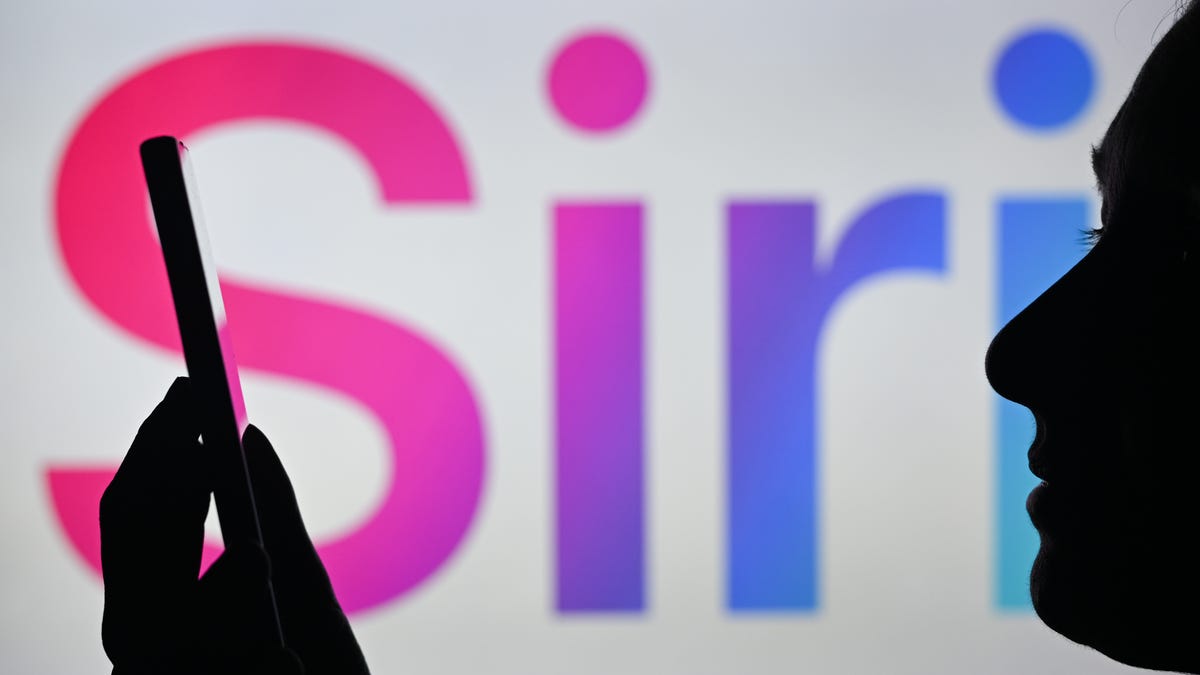Fitness
Americans need more exercise—and should be able to tap FSA and HSA funds to pay for gyms, studios, and sports leagues

Exercise matters. In the battle against America’s rising tide of overweight and obese youth, increasing mental health concerns, and growing threat of chronic disease prevalence, the simplest prescription is movement—every step, every workout, every sport and physical activity improves physical and mental health.
What’s more, the ramifications of childhood obesity are profound, ranging from cardiovascular issues to heightened diabetes risk, as highlighted by the Government Accountability Office. With health care costs rising and cultural influences promoting sedentary lifestyles, the imperative to act has never been more urgent.
The future of our country is inextricably tied to our ability to move, and it is necessary for all of us—lawmakers, parents, educators, small business owners, employers—to embrace and support physical activity as a necessary component of health care.
The Health & Fitness Association, a trade group I lead, is this week releasing new data illustrating the economic powerhouse the health and fitness industry has become—and the vital role it plays in our economy. This first-of-its kind data demonstrates why the industry deserves a seat at the table, alongside government and health care leaders, as we continue to advance toward preventive—not prescriptive—care.
The data reveals that local health and fitness establishments collectively employ over 430,000 workers across 55,000 locations, injecting over $22 billion directly into our local and national economy while also strengthening the American middle class. Furthermore, the Health and Fitness Association also reports that across the nation some 70 million consumers regularly use industry facilities—health and fitness clubs, gyms, studios, sports and aquatic facilities, camps, and industry partners.
Empowering busy parents, educators, and students to embrace this ethos requires innovative solutions. One such solution lies in extending financial support for physical activity and equipment through flexible and health spending accounts (FSAs and HSAs), mirroring the approach taken with numerous other consumer health products.
Flexible Spending Accounts (FSAs) and Health Savings Accounts (HSAs) are tools for managing health care expenses, but they differ from traditional ones. FSAs, provided by employers, allow pre-tax contributions, but funds expire at year-end, with any remaining balance reverting to the employer. HSAs, for those with high-deductible health plans, offer tax-deductible contributions, potential growth, and rollover funds, providing flexibility and long-term savings potential.
We’re collaborating with national leaders to champion bipartisan legislation called the Personal Health Investment Today (PHIT) Act, aimed at expanding families’ access to all manner of physical activity programs and equipment, for both youth and adults alike. Under it, FSAs and HSAs could be used to pay for health club memberships, fitness equipment, exercise videos, and youth sports leagues. If passed, it would enable individuals to use up to $1,000 per year—up to $2,000 for families—to cover physical activity-related expenses.
The proposed legislation extends coverage to these expenses for employees, aligning with the model through which millions of Americans already purchase over-the-counter health products, such as cold and pain relievers. By streamlining access to these resources, we can combat the troubling statistics outlined by the Centers for Disease Control, where only a fraction of children meet the recommended levels of daily exercise and rates of obesity continue to soar, especially among communities of color.
Harnessing FSAs and HSAs for exercise initiatives is a logical extension of existing practices, given that these accounts already support a myriad of health-related services and products. Physical activity stands as a universally accessible tool for enhancing both physical and mental well-being, making its inclusion in these programs not only sensible but essential.
Additionally, expanding eligibility to encompass youth sports programs and fitness courses for adults, as proposed by the PHIT Act, makes good financial sense because millions of Americans who use FSA and HSA benefit accounts leave leftover funds in the accounts at the end of the year—funds that most consumers do not know revert to their employer.
Beyond the realms of family and youth fitness, such measures hold the potential to address broader societal challenges, including military readiness, where obesity rates have hindered recruitment in recent years.
The federal government already recognizes the importance of using federal policy and support to encourage and empower consumers to take action.
This year will be the first time physical activity expenses are eligible as qualified expenses for many HSAs when prescribed for medical necessity. This new tax treatment is a great first step for empowering employees to leverage their funds in order to combat a critical health care challenge in our society. Now is the time to fully embrace physical activity and take the investment in our country’s overall well-being to the next level. We know it can be done.
Expanding access to fitness programs through taxpayer-funded initiatives represents a commonsense approach whose time is overdue.
Every week, some 70 million consumers from ages 8 to 80 visit more than 55,000 different types of gyms, studios, and other fitness facilities because they know and experience the physical and mental health benefits of exercise. Federal policy should help expand access and encourage good habits like these—it would benefit all of us in the long run.
Let’s seize this opportunity to empower individuals of all ages to embrace a lifestyle of movement, vitality, and well-being. The future of our country—and our economic lives—depends on our ability to take bold action and embrace a sensible, scientific approach to empowering a population that is healthy, able to face today’s obstacles, and prepared for the tomorrow’s challenges.
Liz Clark is president and CEO of the Health & Fitness Association, a trade group representing health and fitness facilities, along with their partners and suppliers. She’s the first woman to head the organization in its 40-year history.
More must-read commentary:
The opinions expressed in Fortune.com commentary pieces are solely the views of their authors and do not necessarily reflect the opinions and beliefs of Fortune.








